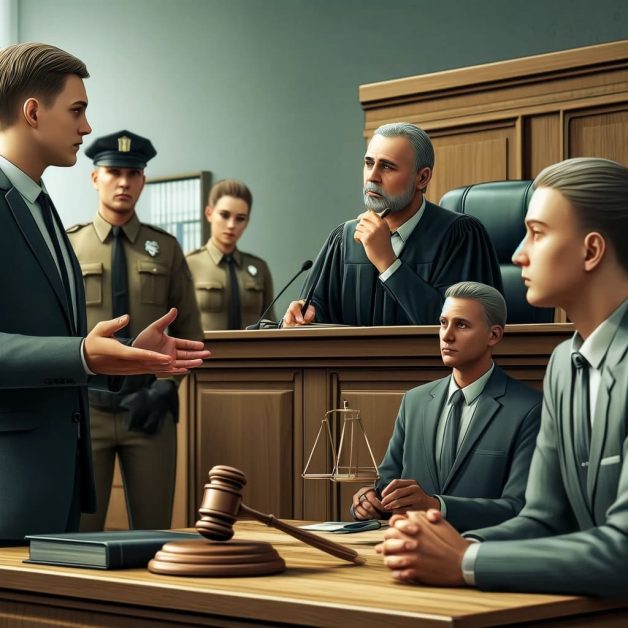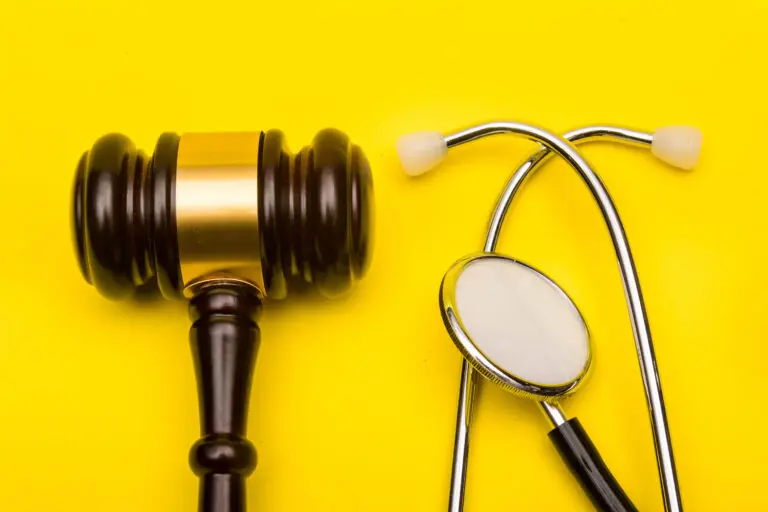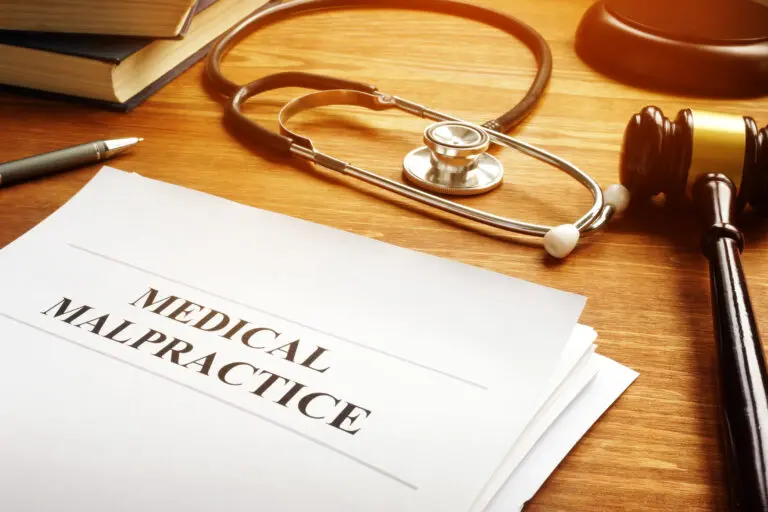Understanding the Arraignment Process
En comparecencia is the first step in a courtroom setting where the accused is formally read the charges and asked to respond by pleading guilty, not guilty, or no contest. The importance of understanding this initial phase of the criminal justice process cannot be overstated as it sets the trajectory for future legal proceedings. During an comparecencia, the judge will also discuss the rights of the defendant, including the right to an attorney and the right to a fair trial. The defendant’s response to the charges will influence the court’s decisions on bail and scheduling subsequent hearings.
This stage is critical as it represents the first opportunity for defendants to hear the specific accusations against them in the presence of a judicial officer. For many, this is also the moment when legal representation becomes real, and the need for an experienced defense attorney becomes apparent. Defendants are advised to prepare for their comparecencia by consulting with their attorney, who can provide guidance on how to plead and the implications of each type of plea.
Legal Rights and Representation at Arraignment
Every defendant has crucial derechos legales during the comparecencia process, chief among them the right to legal representation. Whether appointed by the court or privately hired, an attorney plays a vital role in advising the accused on the best course of action based on the specifics of their case. This legal counsel is invaluable, as an experienced attorney can begin to formulate a defense strategy even at this early stage.
Moreover, understanding one’s rights can significantly impact the proceedings. For instance, if a defendant does not understand the nature of the charges or the comparecencia process itself, they might inadvertently harm their case. Defense attorneys ensure that the defendant’s rights are protected throughout the process, particularly concerning legal procedures and potential plea deals that may be on the table.
Implications of Your Plea
The plea entered during an comparecencia has long-term implications on the outcome of the case. A guilty plea might lead to a quicker resolution but can result in a conviction and potentially severe penalties. On the other hand, pleading not guilty allows the defendant the opportunity to challenge the prosecution’s case through the court process. In some cases, no contest pleas are advisable as they do not admit guilt but also do not dispute the charges, which might be part of a plea bargain.
Understanding these options and the potential consequences of each type of plea requires careful deliberation and professional legal advice. Defendants should discuss the implications of their plea choices with their attorney, considering all the legal and personal consequences. This decision is pivotal and can affect not only the legal outcome but also the personal and professional life of the defendant.
Preparing for an Arraignment
Preparation for an comparecencia should not be underestimated. Defendants should be well-prepared, understanding not only the nature of the charges against them but also the possible outcomes and their rights during the proceedings. Gathering documents, discussing the case with your attorney, and preparing mentally and emotionally for the court appearance are all essential steps.
This preparation can also involve understanding the proceso de fianza, as bail may be set during the arraignment based on the nature of the charges and the defendant’s background. Being prepared can help ensure that the defendant presents a responsible and informed front in court, which can be beneficial in judicial decisions regarding bail and future legal steps. This level of readiness not only helps in achieving a favorable outcome but also in managing the stress and uncertainty that comes with criminal charges.
Casos prácticos o ejemplos
One illustrative case study in understanding the arraignment process involved a defendant in California who was able to secure a reduction in bail through detailed arguments presented by their defense attorney regarding the defendant’s strong community ties and lack of prior offenses. This highlights the importance of well-prepared legal representation during arraignment, which can significantly influence the conditions under which a defendant is released pending trial.
Another case from New York demonstrates how an comparecencia can set the tone for the entire case. The defendant’s attorney successfully argued for the dismissal of some charges based on procedural errors made during the arrest, emphasizing the need for defendants to have competent legal advice to identify and capitalize on such opportunities during the arraignment.
Análisis comparativo
Comparative analysis of arraignment procedures between different states reveals significant variations. For example, some states allow for a preliminary examination of evidence during arraignment, which can be used to argue for lower bail or even dismissal of charges. In contrast, other states have a more streamlined process focused solely on the plea.
Additionally, the impact of the public defender system in different jurisdictions can affect the outcomes of arraignments. In jurisdictions with well-funded public defender offices, defendants might receive more personalized and effective representation at the arraignment, potentially leading to better outcomes in terms of bail and plea options.
Desglose detallado de las consecuencias jurídicas
En consecuencias jurídicas of decisions made during an arraignment can be profound. Pleading guilty, for instance, can lead to immediate sentencing or a sentencing hearing at a later date, while pleading not guilty will set the stage for trial preparations. It’s crucial for defendants to understand these paths and the potential outcomes each decision might entail, including the possibility of harsher penalties if convicted at trial versus potential benefits in a plea agreement.
Understanding the implications of a no contest plea is also crucial, as it can sometimes be used to avoid admitting liability in concurrent civil proceedings related to the criminal charges. This can have significant repercussions for a defendant’s future beyond the criminal justice system.
Guía paso a paso con imágenes
A step-by-step guide with visuals can greatly assist defendants in understanding what to expect during an arraignment. Visual aids might include flowcharts that outline the decision-making process for entering a plea, or diagrams that explain how bail is determined and what factors the court considers in making that determination.
Providing visuals that depict different courtroom layouts and the typical order of proceedings during an arraignment can also help demystify the process for those unfamiliar with the court system, reducing anxiety and helping defendants feel more prepared.
Tecnología y herramientas
Modern courtrooms increasingly incorporate technology and tools that affect the arraignment process. For example, video conferencing technology may be used for remote arraignments, which has become more common in the wake of public health concerns. This technology allows for arraignments to proceed when it might not be possible or safe for all parties to be physically present in the courtroom.
Additionally, digital case management systems can expedite the arraignment process by ensuring that all necessary documents and evidence are readily accessible to the judge, prosecution, and defense. This can lead to more informed decisions regarding bail and plea offers during the arraignment.
Elementos interactivos
Incorporating interactive elements into informational resources about arraignments can enhance understanding and retention for defendants. This could include interactive webinars or online guides that allow users to navigate through different scenarios based on varied responses to charges during an arraignment.
Interactive FAQs can also provide personalized answers based on user input, offering tailored information that can help prepare defendants for what to expect, based on their specific circumstances and the particulars of their case.
Sección FAQ
En FAQ section can address common questions about the arraignment process, such as: What should I wear to court? What is the best way to respond to a charge? Can I change my plea after arraignment? Providing clear, concise, and accurate answers to these questions can help alleviate some of the stress and uncertainty that often accompany criminal charges.
Additional questions might cover what happens if one fails to appear at an arraignment, the role of bail in the arraignment process, and how to request a public defender. This information can be vital for ensuring that defendants are well-informed and prepared to navigate their arraignment effectively.
Cambios y tendencias legislativas
Recent legislative changes and trends have aimed at reforming bail systems to make them more equitable, impacting how arraignments are conducted. Several states have moved towards eliminating cash bail for most non-violent offenses, which could change the dynamics of arraignment by reducing the emphasis on financial conditions for release.
Keeping abreast of these trends is essential for legal professionals and defendants alike, as these changes can significantly affect the strategies employed during arraignment and the broader approach to defending against charges.
Consideraciones éticas
Consideraciones éticas in the context of arraignments involve ensuring that all defendants understand their rights and the proceedings they are involved in. This includes the obligation of the court and counsel to avoid legal jargon and explain the process in clear, accessible language.
It’s also important to consider the ethical implications of plea bargains offered during arraignment, especially in light of power imbalances between the prosecution and underrepresented defendants. Ensuring that defendants make informed decisions about their pleas protects their rights and upholds the integrity of the criminal justice system.









